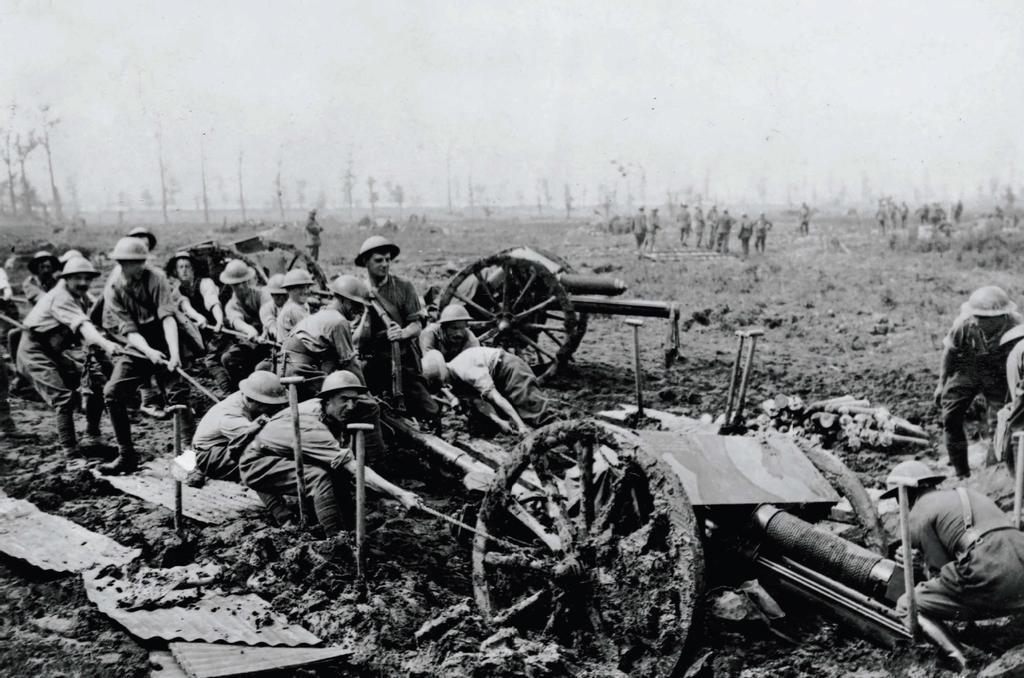UNLIMITED
HOW THE WEST WAS WON

The western front occupies a fixed and unchanging position in our memory of the First World War. It is synonymous with trenches and bloody, futile combat; a place of barbed wire and poison gas, of massed artillery batteries and machine-guns, mud and blood. It was where the armies of Germany and France, the United Kingdom and America (alongside a host of minor powers and colonial possessions) placed the bulk of their military strength and where they suffered the majority of their casualties. This arena of combat left a legacy of commemoration and remembrance that continues to influence our attitudes to the war to this day.
That the western front was the most important theatre in the First World War is surely beyond doubt. Allied victory in France and Belgium ensured that Germany could not win the war (despite defeating Russia on the eastern front and Serbia in the Balkans) and that the British, French and Americans would go on to shape the postwar settlement at Versailles.
But what is up for debate is the western front’s reputation for stalemate and futility. I would argue that, far from being a stale and unchanging arena devoid of strategy or innovation, the battles fought in France and Belgium witnessed an astonishing degree of change and development – on both the German and Allied sides. The western front was a cauldron of war in which modern warfare was forged.
Going to ground
The central problem on the western front between 1914 and 1918 was the relationship between firepower and space. The armies of 1914 possessed weapons of
You’re reading a preview, subscribe to read more.
Start your free 30 days



